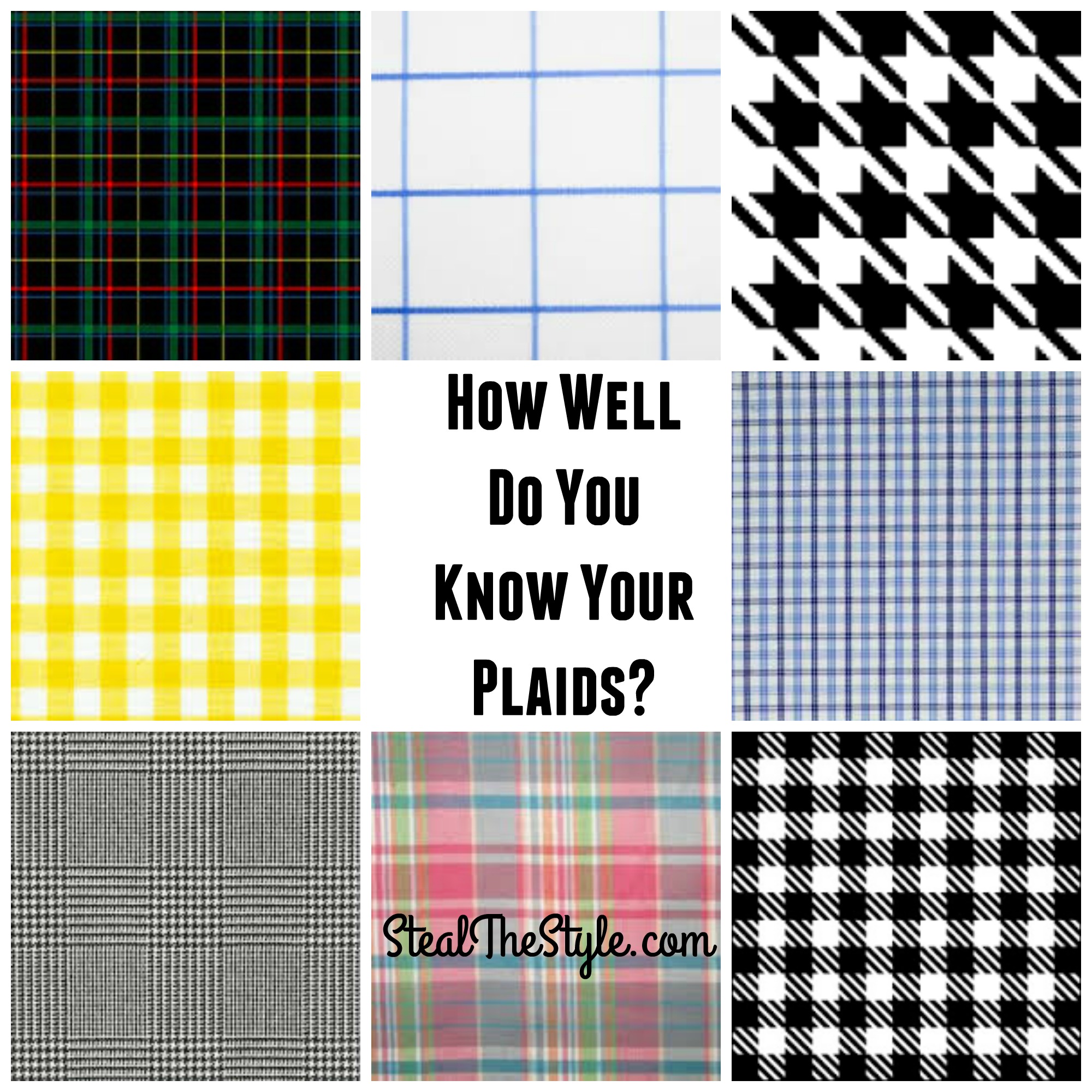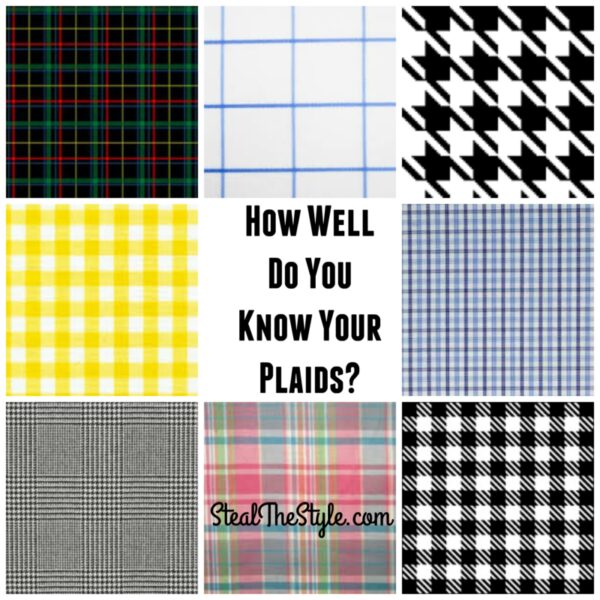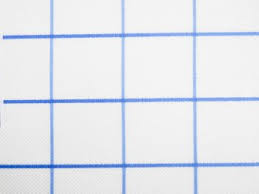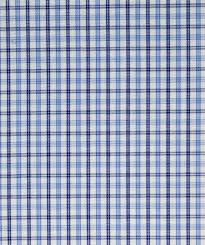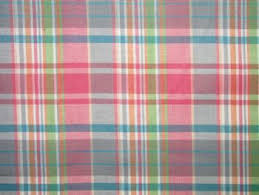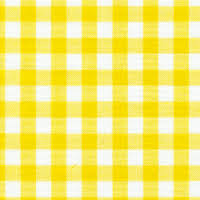Disclosure: This post may contain affiliate links, meaning we get a commission if you decide to make a purchase through our links, at no cost to you. Please read our disclosure for more info.
Last Updated on May 9, 2024 by Steal the Style
Plaid is a huge fall fashion trend. It ruled the runways because it’s a chic and fun way to spice up your wardrobe with color and pattern. You can dive right in with statement pieces like a big plaid coat or a plaid dress or just dip your toe in the plaid pool with cute plaid shoes or a plaid bag.
Any way you incorporate plaid this fall is fine and you don’t have to look like a lumberjack wearing it. But it’s a good idea to know your plaid. Here’s a cheat sheet on the different kinds of plaid fabric:
Tartan
Tartan is a classic worn by royals traditionalists and lumberjacks and what probably comes to mind when you think of plaid. Originating in Scotland, Tartan comes in many forms – among the most popular are Black Watch and Royal Stewart. It begins with one “sett,” which is two colors, forming a tri-color fabric where the two colors overlap. And for each sett added, the colors bump up quadratically.
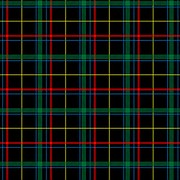
Windowpane Check
Popular in women’s tops and dresses and men’s suits, this check/plaid pattern resembles the pattern of panes on a window with a large, simple check that consists of a base color and another color crossing over it in a windowpane-like pattern.
Shop Windowpane Check Plaid on Amazon!
Tattersall
Tattersall gets its name from London’s Tattersall’s horse market, which opened in the 1700’s. Blankets with the famous plaid were popular to use on horses and this plaid has always been hugely popular for men’s shirts. Tattersall doubles down on the windowpane plaid by adding an alternate color in the cross weave (three thread colors with white most commonly the base) and alternating the check more frequently.
Shop Tattersall Plaid on Amazon!
Madras
This plaid is typically preppy staple seen in the warm weather (think Bermuda shorts or on Nantucket). Madras, which originated in Chennai, India in the 1800s, is usually bright, colorful and most often in a lightweight cotton.
Gingham
Originated in the mid-18th century in Manchester, England, Gingham is fun and casual. Most Americans typically associate it with tablecloths, napkins, kitchen curtains and of course, Dorothy’s dress in the Wizard of Oz. But recently it has become popular is men’s shirts and women blouses. Gingham is a plain-woven fabric made from dyed cotton where the coloring is on the warp yarns and always along the grain (weft). Gingham has no right or wrong side with respect to color.
Glen Plaid
Originated in Glenurquhart in Inverness-shire, Scotland, where the checked wool was first used in the 19th century. It is also known as the the Prince of Wales check and is often seen in men’s suits. Glen Plaid is formed by two dark and two light stripes alternate with four dark and four light stripes which creates a crossing pattern of irregular checks.
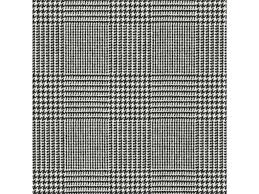
Shepherd’s Check
This plaid came before gingham and one of the oldest and most simple border tartans. it was worn by shepherds on the Anglo-Scottish border and is two colors of wool woven with six strands of wool horizontally and vertically. if there is a third color, it’s called a Gun check. This was traditionally found in black and white.
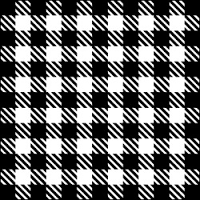
Shop Shepherd’s Check Plaid on Amazon!
Houndstooth
A rugged version of border tartan that was first seen in the Scottish lowland, Houndstooth (sometimes called Dog’s Tooth) uses a warp/weft weave and only four strands of wool horizontally and vertically to create a look of broken checks or abstract four-pointed shapes.
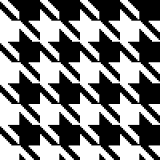
Shop Houndstooth Plaid on Amazon!
Now that you know your plaids, you can put an outfit together like a pro.
